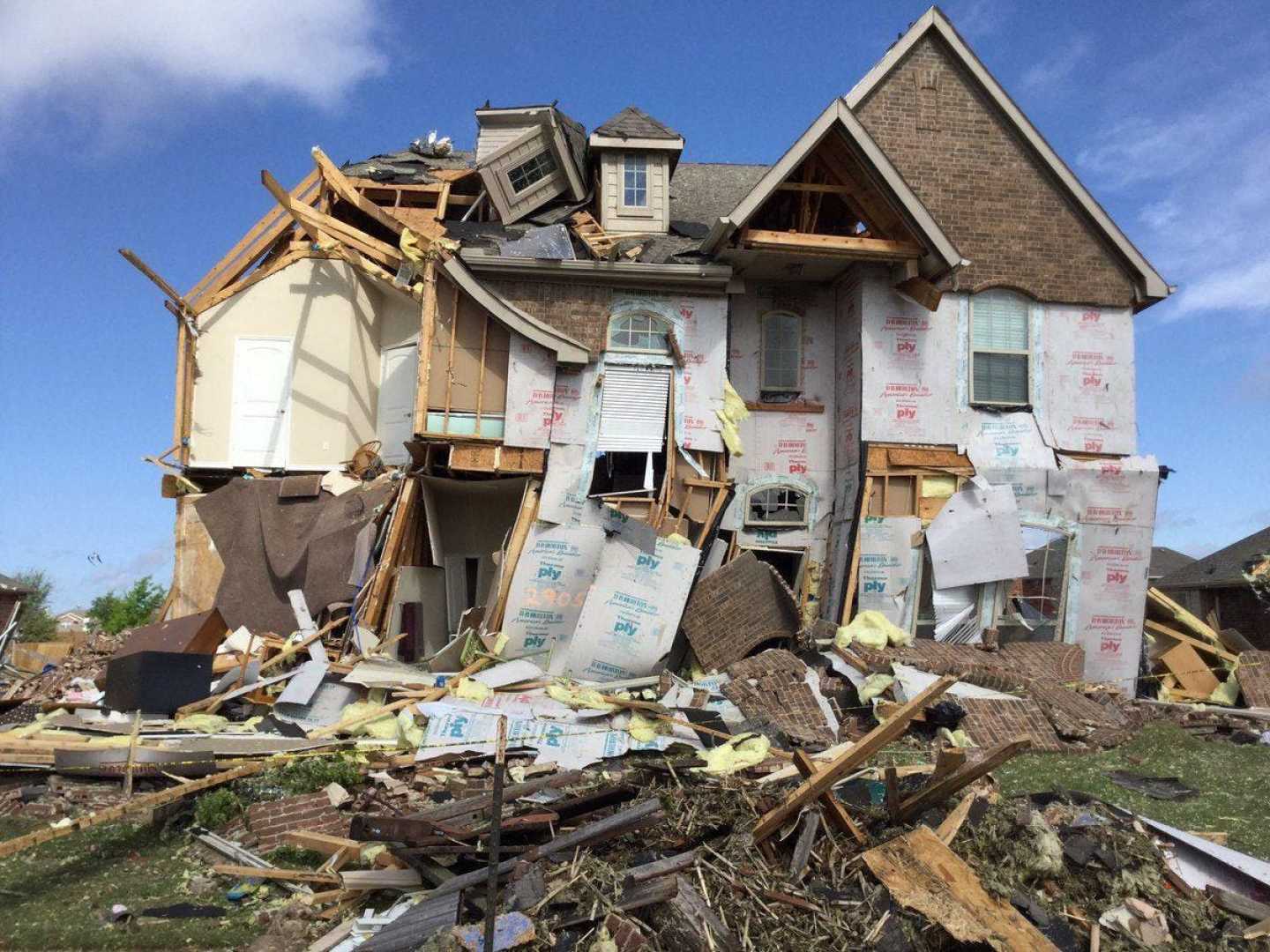News
Analysis Reveals EF5 Tornadoes’ 12-Year Absence Explained

BOULDER, Colo. — A new study has shed light on the puzzling absence of EF5-rated tornadoes in the United States over the past 12 years. The authors of the analysis, affiliated with the NOAA National Severe Storms Laboratory, suggest that the lack of these extreme events may not be attributed to natural variances or climate change but rather to the criteria used to evaluate tornado damage.
Since the implementation of the Enhanced Fujita (EF) Scale in 2007, tornado ratings have shifted significantly. Previously, a tornado responsible for destroying a well-constructed home was classified as EF5. Under the current scale, however, such damage is often categorized as EF4 due to a reassessment of wind speeds necessary to achieve the top EF rating. This change has resulted in at least 13 high-end EF4 tornadoes failing to qualify for the EF5 designation, despite their destructive capacity.
The study, titled “Where Have the EF5s Gone? A Closer Look at the ‘Drought’ of the Most Violent Tornadoes in the United States,” underscores this trend. It cites authors Tony Lyza, Harold Brooks, and Makenzie Krocak, who argue for a revision of the EF4/EF5 wind boundary to align better with historical data. Their proposal aims to improve the consistency of tornado ratings in the long run.
The original Fujita Scale, developed by Theodore “Ted” Fujita in collaboration with meteorologist Allen Pearson in 1971, revolutionized tornado classification. It provided a framework for assessing wind speeds associated with different levels of damage. However, engineers later determined that tornado winds seldom exceed 250 mph (402 km/h), which implied that some previously classified F5 tornadoes might have belonged to a lower category.
The current EF Scale, which incorporates 28 damage indicators, aims to offer a more detailed assessment of tornado impacts. Notably, the highest rating for homes being completely swept off their foundations currently corresponds to wind gusts of 200 mph (322 km/h), at the uppermost bracket of the EF4 range due to changes in how assessments are rounded.
According to the study, the scarcity of EF5 tornadoes is unprecedented, marking a record-breaking 12-year stretch without a single occurrence since the last EF5 was reported in Moore, Oklahoma, on May 20, 2013. The authors calculate a less than one percent probability that such an absence would occur due to natural fluctuations alone.
If the EF5 threshold were adjusted from 200 to 190 mph, authors discovered that 13 tornadoes recorded as EF4 would potentially upgrade to EF5 status, indicating that modifying the threshold could significantly affect tornado statistics.
The need for updated tornado ratings aligns with increased vulnerability in tornado-prone areas, particularly the Mid-South, where there has been a threefold increase in housing exposure since 1980. Despite a decline in tornado risk in Southern Plains, the rising housing impact potential poses significant challenges for preparedness and resilience against severe weather.
“Our research acts as a clarion call for enhancing tornado resilience,” stated Stephen Strader, one of the study’s contributors. He emphasized the urgency for advancing mitigation strategies amid an increasingly unstable atmospheric environment as we enter prime tornado season.
This fresh analysis not only informs current meteorology practices but also opens up discussions on reconsidering tornado assessment criteria in light of evolving weather patterns and infrastructure vulnerabilities.












